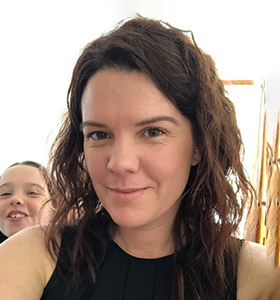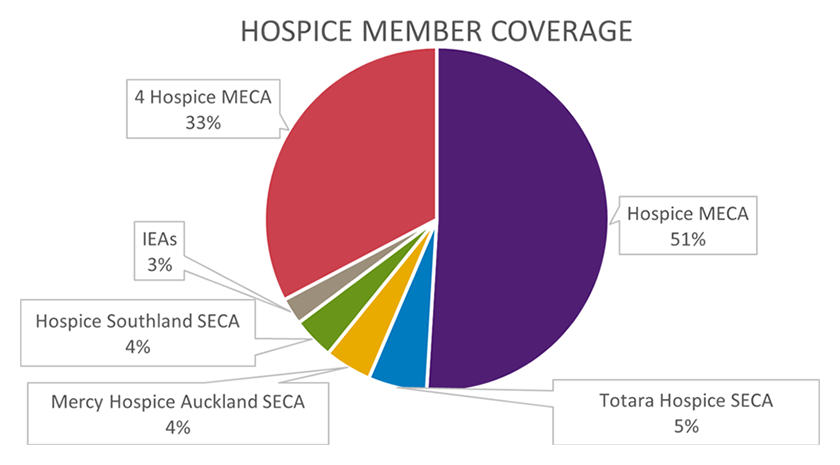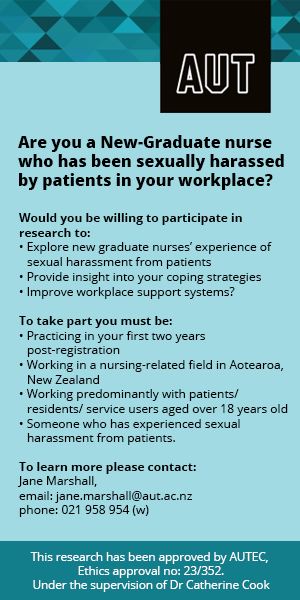
In August, 107 NZNO members signed a resolution in support of industrial unity across their sector. The resolution came in response to 11 hospice employers initiating bargaining for single employer collective agreements earlier in the month.
Members from these 11 employer sites are now faced with a break-up of their hospice multi-employer collective agreement (MECA), which has existed for more than 15 years. As a union, how do we organise against such employer tactics? And how do members campaign to achieve the unity they want to see in their sector?
There are a total of 636 NZNO members across 33 hospices in New Zealand. Of these members, 532 are covered by MECAs, 88 are covered by single employer collective agreements (SECAs) and the remaining 16 members are covered by individual employment agreements.
This month’s action by 11 employers – breaking up the hospice MECA by initiating bargaining for SECAs – will result in an even greater number of SECAs in this already fractured sector. For a sector in which there is roughly one employer for every 50 members, this move risks further fragmentation.
Compounded by disparate funding structures, the hospice sector can be characterised by a disproportionate amount of inequity. While this fragmentation and inequity is enabled by current industrial legislation and funding structures, it certainly isn’t fair or sustainable.

In late July, I spoke with Kathryn Ryan on Radio New Zealand’s Nine to Noon programme about how our hospice members’ pay and conditions are behind those of our district health board (DHB) members and how a national overhaul of the hospice sector is not only needed from an industrial perspective, but also from a health-equity perspective for patients across the country.
It’s quite common for comparisons to be made between non-DHB members and DHB members. Sometimes the claim is made that smaller sectors do not feature as highly on NZNO’s radar as the DHB sectior, that only size matters.
It’s not just numbers that that make the DHB MECA so strong however; it’s also political will and industrial strength. On the political front, the Government has heard, loud and clear, that the DHB MECA is here to stay and therefore its existence is not challenged. While in certain circumstances a DHB could legally initiate for a SECA, thereby breaking up the DHB MECA, the political uproar that would result is so strong a deterrent that it would take a very brave, or reckless, DHB to do so.
The industrial strength of DHB members is another major factor. It is not surprising that in a sector which boasts more than 90 per cent NZNO union density, our bargaining power in the DHB MECA is significant.
This formula – political will + industrial strength – is a winning overarching strategy that has served DHB members well.
Building membership density
The DHB MECA formula need not be unique. Hospice members, too, can use this winning formula to strengthen their industrial position.
By harnessing our industrial strength and building membership density, we can foster a will to win meaningful improvements in terms and conditions of employment in the hospice sector.


